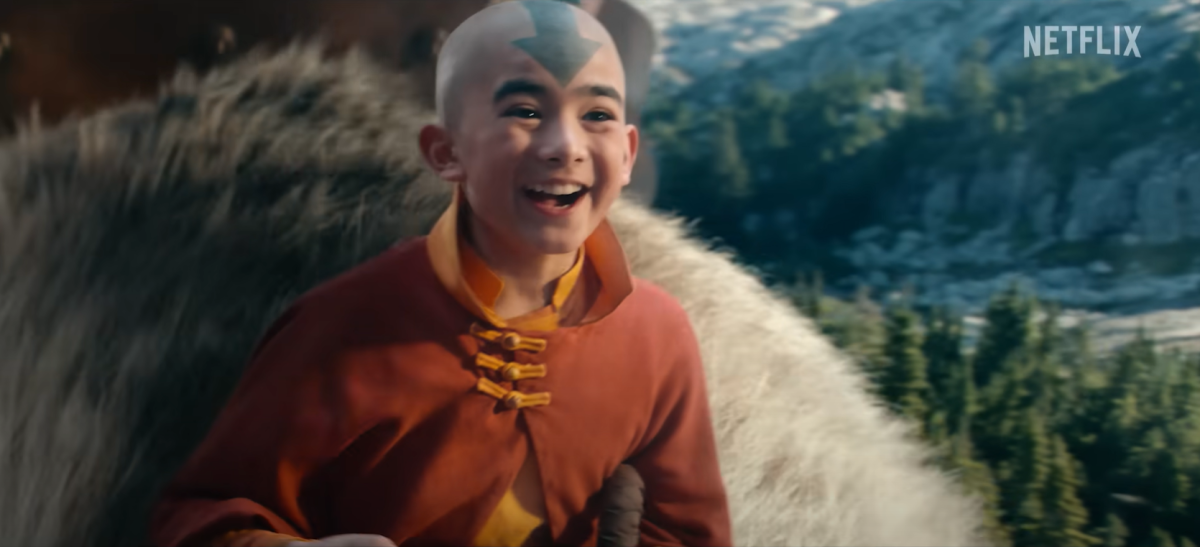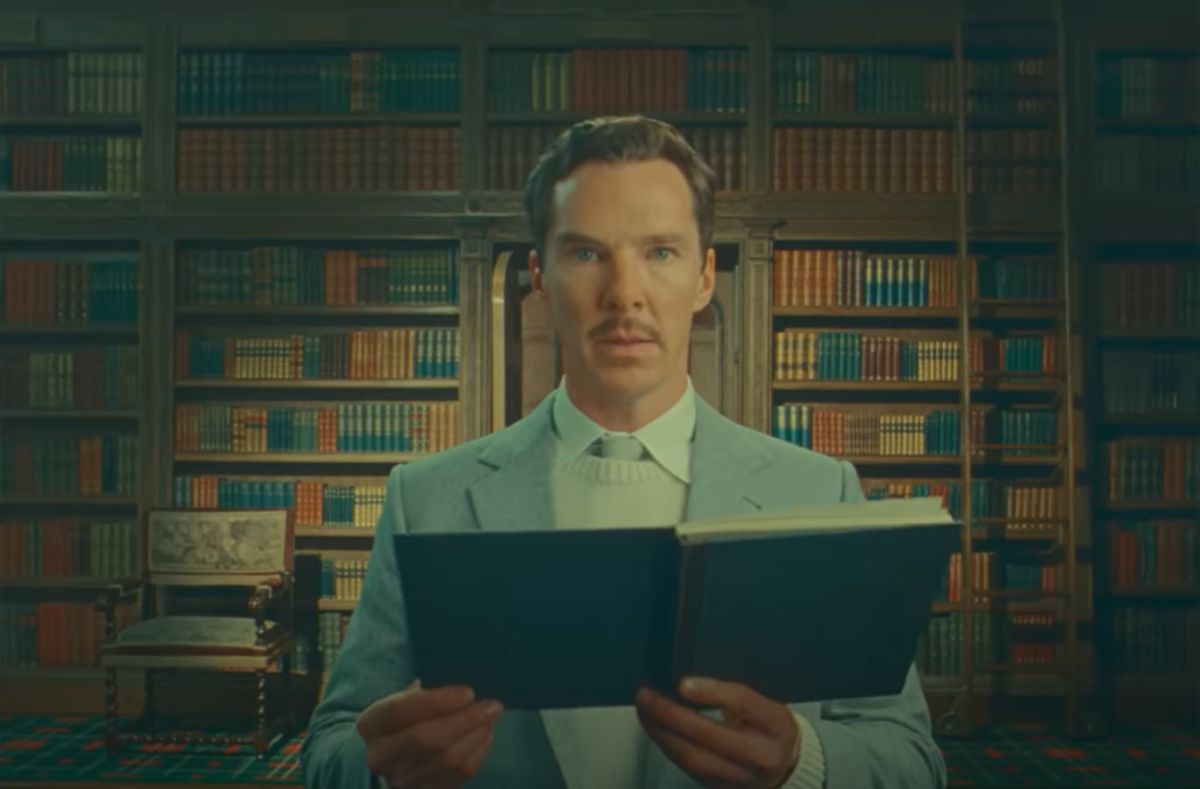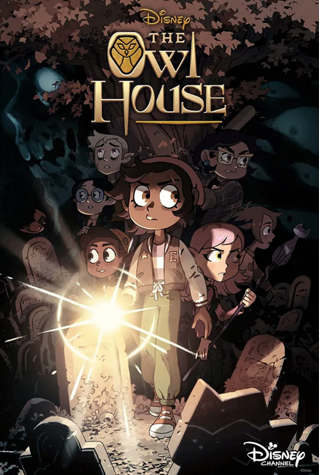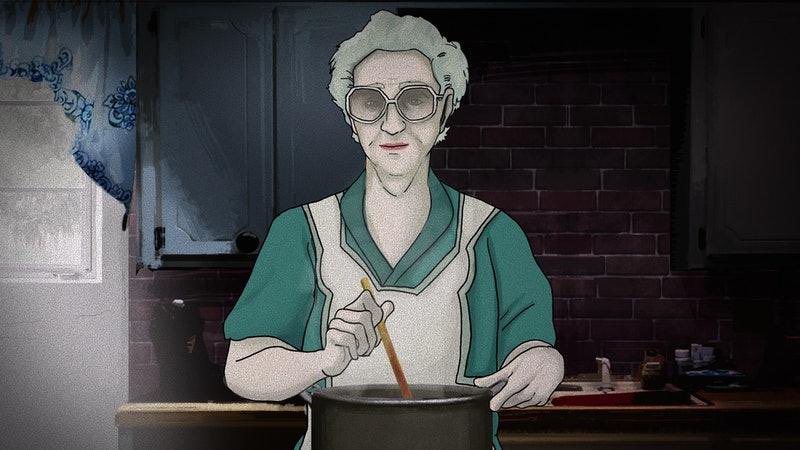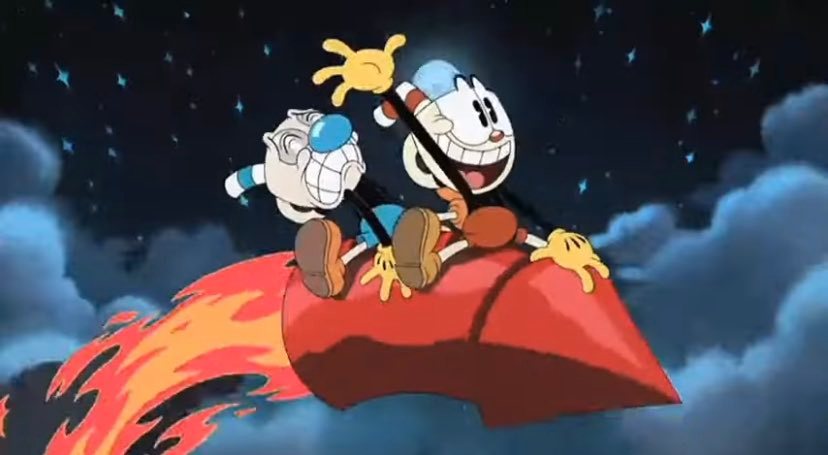By Michael Walsh
There’s an arguable claim that in master filmmaker Martin Scorsese’s latest film Shutter Island, the best character of all is the titular island itself. The jagged rocks, steep cliffs, torrential weather and all-around isolation of the island reflect the entire bleak mood of Scorsese’s most horrific film to date.
Avoiding spoilers and not diving deep into the twisting tale, Shutter Island follows U.S. Marshal Teddy Daniels (Leonardo DiCaprio), who along with his partner Chuck Aule (Mark Ruffalo), head to Ashecliff Hospital for the criminally insane to investigate the escape and disappearance of patient Rachel Solando (Emily Mortimer).
More creeping and suspenseful Alfred Hitchcock than straight punch-to-the-face horror, Scorsese ties and bounds Laeta Kalogridis’ twisting and multi-faceted psychological screenplay (based on a novel of the same name by Dennis Lehane) together by way of his absolutely veteran, disciplined yet somewhat unhinged cinematography. Through an invigorating and eye-popping visual experience of bizarre flashbacks, bright lights and dark endless hallways Scorsese strikes a shaky nerve with his vision reminiscent of Gothic Italian filmmaker Mario Bava.
In some strange way the steady composure shown by Scorsese only heightens the suspense present throughout the film. Scorsese does more than simply channel the master of suspense in his most genre-bending piece of work yet; he invents his own patient method of slowly keeping the audience on edge. This is a film that even the rather specific and precise Hitchcock would approve of.
Scorsese’s most recent collaboration with DiCaprio proves to work just fine, although it wouldn’t hurt seeing him change it up a bit in the future. Backing DiCaprio are supporting performances that range from Ben Kingsley’s great turn as chief psychiatrist Dr. John Cawley to the legendary Max von Sydow’s creepy performance as Dr. Jeremiah Naehring. Not to mention a brilliant but short-lived performance by Jackie Earle Haley as one of the hospital’s most insane patients.
But amid all the moody atmospheric tone set forth through Scorsese’s challenging visuals and the carefully hand-picked soundtrack is a strong screenplay that when dissected is more brilliant than it first appears. Lehane’s original storytelling is brilliant and Kalogridis’ transition to the screen works well for the visual medium and what Scorsese clearly wants to accomplish. The entire film plays off both the film’s internal characters and the audiences. Similar to the 1993 film Clean, Shaven, where a schizophrenic man tries to reclaim his daughter, the film dupes the viewer to a point where if you’re watching it the right way, you’re questioning what the sane image truly is.
With shades of B-movie haunted houses and pulpy detective film noir, Scorsese’s Shutter Island might be the filmmaker’s most daring and out of the box production yet. Scorsese, arguably America’s best working filmmaker, does something absolutely captivating and demanding of his film with his lethal and engaging dose of horror, thriller and suspense. And for that I rank it as a slightly above middle tier project for the accomplished filmmaker.
As soon as Daniels and Aule land on Shutter Island‘s rugged terrain for the criminally insane a jarring film begins, full of of the unexplained and mysterious that never lets up. As the story slowly plays itself out to the audience, Scorsese’s absolute talent pushes everything to the limit, creating one of the classiest genre films of its kind. You might have seen material like this before, but hardly ever presented the way Scorsese is able to.





